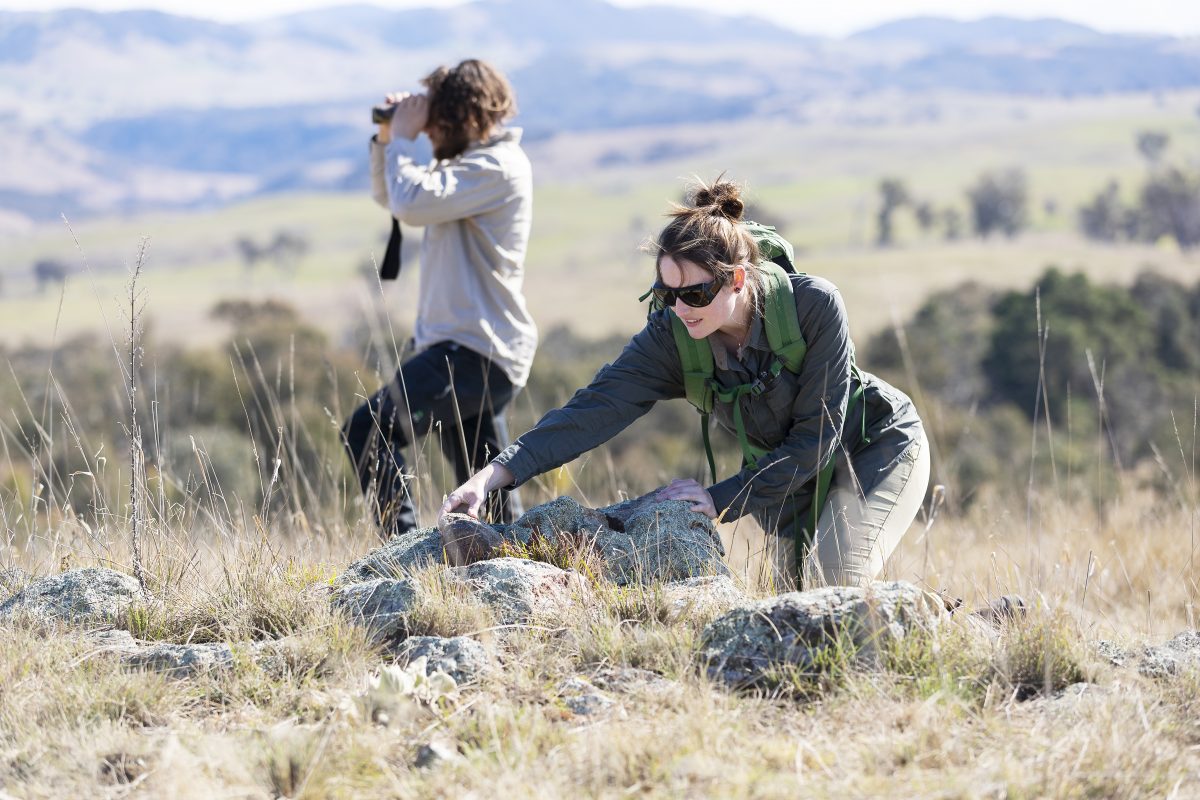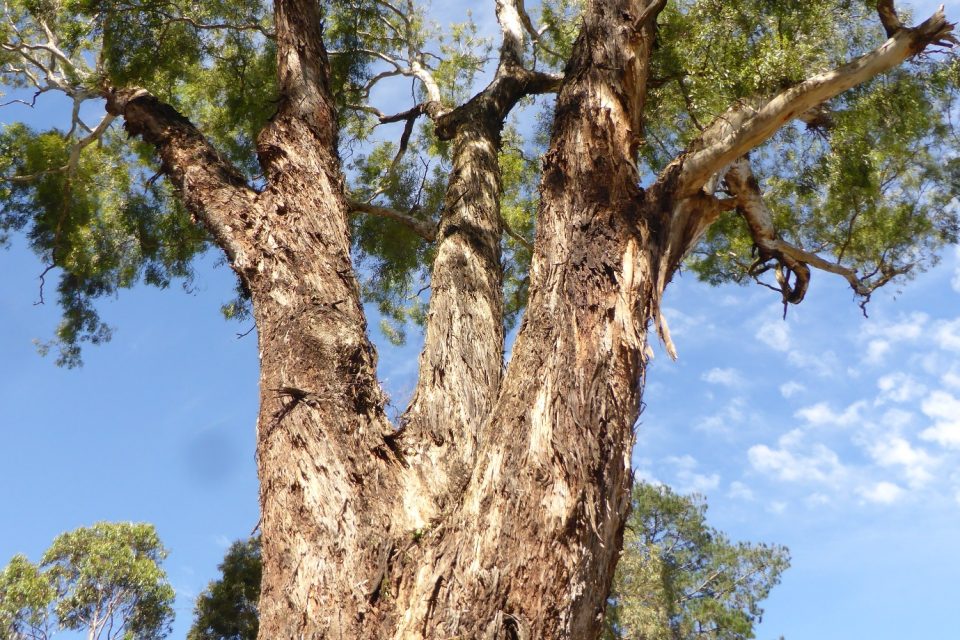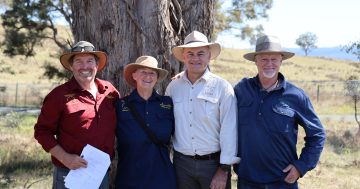
The Ginninderry Conservation Corridor is home to several vulnerable, threatened, endangered and critically endangered species. Photo: Ginninderry.
It’s easy for the untrained eye to mistake for a snake, but the pink-tailed worm-lizard is actually a species of legless lizard.
Characterised by an oval head, slender body and rosy tail with a round end, this little reptile once thrived throughout south-east Australia, but can now only be found in a few isolated populations between the Canberra region and Victoria.
One such location is the Ginninderry Conservation Corridor, currently 242 hectares along the Murrumbidgee River.
The corridor hosts one of the strongest pink-tailed worm-lizard populations in the country with an estimated few thousand. But it’s not the only vulnerable species Ginninderry Conservation Trust (GCT) is working to protect.
Trust CEO Jason Cummings says the legless lizards’ habitats are also threatened, alongside other native fauna that call the region home.
“The pink-tailed worm-lizard is a mysterious little creature that most people don’t get to see in their lifetime,” he says.
“This is partially due to its shy nature and underground home, but it’s also because populations have been decimated by introduced predators and the clearing of native biomes, particularly grasslands and woodland.”
Both are among the most critically endangered ecosystems in Australia – less than 10 per cent of natural temperate grassland and less than eight per cent of box-gum woodland are left intact.
“Box-gum woodland in our region alone has more than halved since the 1700s and there are close to 60 threatened species living in the ACT, listed from vulnerable to critically endangered,” Jason says.
“The preservation and revival of native woodlands, forest, riverlands and grasslands is a huge priority for the trust.
“The Ginninderry developers recognised from the outset an unyielding need to protect the Murrumbidgee River and other sensitive areas, and we have worked closely alongside them since our establishment in 2020 to do so.”



But the corridor is not just environmentally significant, it’s culturally significant too. ‘Ginninderry’ comes from an Aboriginal word meaning ‘throwing out little rays of light’, or ‘sparkling’.
“The trust is responsible for everything relating to land and conservation management in the corridor, including community outreach and education programs, and protecting important cultural values,” Jason says.
“This means we run cultural and community events that promote sustainability and traditional culture: bushcraft and art workshops, citizen science programs, indigenous learning and exhibitions, guided tours and more.
“We collaborate with the local First Nations community to protect and foster Aboriginal cultural heritage and values, and make a point of proactively engaging Aboriginal employees and contractors for work on and in the corridor.”
The trust will also add another 12 kilometres of walking trails (opening in six to 12 months) and new visitor facilities (opening in two to three years) to the corridor network, which will allow environmentally safe access to residents so they can exercise, gather and explore without disturbing natural habitats.
“We always take a long-term view, relying on science and active research to guide our development and improve processes,” Jason says.
“Ginninderry and its conservation corridor are both important examples of what a community can achieve when we are unafraid to put in the effort required to create something beautiful, lasting and functional, with care.”
It looks like the pink-tailed worm-lizard will have a safe, healthy home in the Ginninderry Conservation Corridor for years to come.
Jump online to follow the Ginninderry Conservation Trust story, sign up as a volunteer or get involved in community events.
Original Article published by Morgan Kenyon on Riotact.







